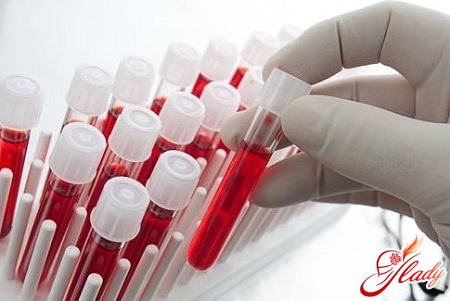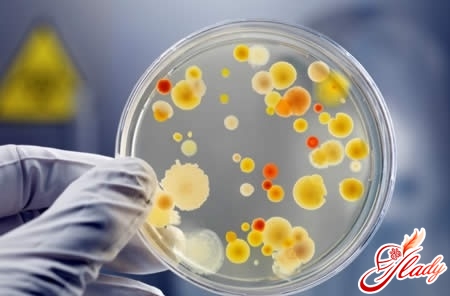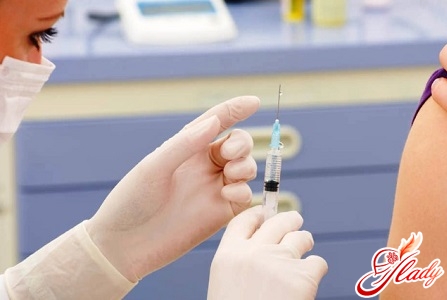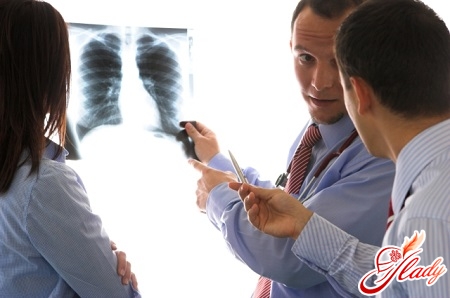
Today, there is probably no longer a person whoI would not know what HIV, or human immunodeficiency virus, is. This virus is the causative agent of AIDS, or acquired immunodeficiency syndrome, and HIV infection. An infected person experiences such symptoms of HIV as complete damage to the entire immune system, the inability of the body to fight any infections, even not very serious ones. A common cold becomes deadly, wounds do not heal, the body is susceptible to any diseases.
The mechanism of HIV work
The human immunodeficiency virus belongs to the groupretroviruses, which are also called lentiviruses, that is, slow viruses. From the moment of infection, up to ten years may pass before AIDS develops. About 50% of patients do not have any symptoms until the disease reaches a critical stage. The virus, entering the human blood, attaches to the cells that are responsible for immunity. Why does this happen? The fact is that the surface of such cells has special CD4 molecules that recognize HIV. Inside the immune cells, HIV quickly multiplies, but the immune response does not have time to come in time, since the infection spreads rapidly throughout the body. And the very first to be affected are the lymph nodes, in which the content of immune cells is very high. HIV infection begins to develop rapidly. The body cannot fight it. This happens because the immune cells are regularly exposed to attacks, they simply do not have time to respond correctly, the virus is not identified. Over time, HIV infection progresses, and more and more immune cells, also called CD4 lymphocytes, are affected. Their number quickly decreases, eventually becoming critically small, and this is the beginning of the development of the AIDS stage.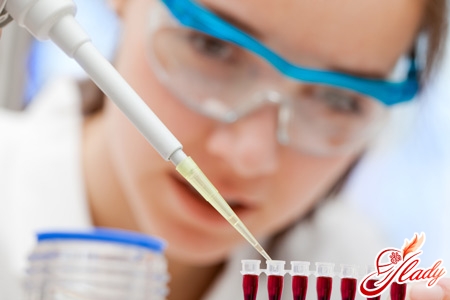
Ways of contracting HIV
Today, there are several ways in which humans can become infected, of which five main ones should be noted:

Risk group and signs of HIV
Thus, based on the routes of infection, risk groups for infection can be identified:
- drug addicts who use injections;
- infants if the mother is infected;
- people who practice anal, unprotected sex, promiscuity;
- with blood transfusions, especially if the procedurewere performed between 1977-1985. It was at this time that the detection of the AIDS virus was not a common, necessary practice in the delivery of blood.
There are also ways in which transmission of the HIV virus is impossible:
- through hugs with the infected;
- through mosquito bites (all the blood that passes through this insect is completely deactivated of any viruses, it is sterile);
- at joint participation in competitions;
- When touching objects that were previously touched by the infected.
All signs of the virus are usually divided into two groups. These are the so-called major and minor signs. HIV symptoms vary, they depend on the stage of the disease. Major signs of HIV include:
- a sharp loss of body weight, which is more than 10% of the initial;
- chronic diarrhea, which lasts more than one month;
- long fever, which also lasts more than one month. Such a fever can have a permanent form or intermittent.
Minor signs include:
- persistent cough, which is not alleviated by anything, lasts more than one month;
- itching generalized dermatitis;
- oropharyngeal candidiasis;
- herpes zoster in the anamnesis;
- generalized form of lymphadenopathy;
- herpetic infections (progressive chronic or disseminated).
Minor signs are also commonly referred to as secondary.
Symptoms of AIDS: from primary manifestations to acute phase
The first symptoms of AIDS can be the mostdifferent, they depend on the stage of the disease, on the general condition of the patient's body. It is necessary to consider what symptoms are observed for each stage. At the primary stage, the body is infected with HIV, the symptoms may be non-clinical, secondary diseases often develop. The infection can only be detected by laboratory tests, so if there is the slightest suspicion of AIDS, you should consult a doctor. The stage of asymptomatic seroconversion is more dangerous. At this stage, antibodies begin to be actively produced, which occurs in response to infection. This stage got its name due to the presence of antiviral antibodies in the blood, that is, the so-called seroconversion occurs. But at this stage, antibodies are already starting to fail, they disappear for a while, then appear again. No special symptoms are observed, only chronic diseases may reappear, fatigue may increase. The onset of the acute stage, i.e. non-specific primary manifestation (retroviral syndrome), is observed only in 20-30% of patients. During this stage, the following manifestations are observed in humans: General symptoms:
- increased sweating at night;
- fever;
- pharyngitis;
- there is weakness, constant lethargy;
- loss of appetite;
- enlarged lymph nodes;
- myalgia.
Skin manifestations at this stage:
- shingles;
- recurrent herpes;
- urticaria rash;
- patchy-papular rash;
- petechial rash;
- roseo-hoary rash.
Nervous system disorders:
- Guillain-Barre syndrome;
- headache;
- serous meningitis;
- cognitive impairment, affective;
- photophobia;
- shoulder plexopathy and others.
Gastrointestinal tract damage:
- diarrhea;
- Candidiasis of the oral cavity;
- enlargement of the liver, spleen;
- vomiting, nausea.
At this stage, the following laboratory tests are required:
- during the acute period: antibodies to HIV, ESR, ALT, AST, on platelets, on leukocytes;
- at the attenuation of acute manifestations: atypical mononuclears, on the increase of antibodies, on limphotosis, normocytosis, CD4 / CD8 (decrease).

Clinical picture for acute phase
The clinical stage occurs in approximately 2-4weeks after infection has occurred. A mononucleosis-like syndrome may appear, which occurs in approximately 15-30% of patients. The main symptoms at this stage include:
- increased spleen, liver;
- increase in temperature to 37.5, less often to 38-39 degrees;
- acute pharyngitis, tonsillitis, tonsillitis;
- rubella-like rashes on the skin;
- enlargement of lymphatic cervical nodes.
However, temperature increases may persist.from one to three weeks, and tonsillitis - from two to three weeks. In rare cases, a disorder is observed that, according to clinical principles, resembles ARVI. If we distribute the frequency of AIDS symptoms, the table will look like this:
- fever state - 87.1%;
- exanthema - 67.7%;
- the appearance of ulcers in the throat area - 48.4%;
- myalgia - 41.9%;
- persistent headaches - 38.7%;
- frequent diarrhea - 32.3%;
- abdominal pain is observed - 29.9%;
- cough - 25.8%;
- vomiting, nausea - 25.8-22.6%;
- sudden unexplained weight loss, appearance of mouth ulcers - 12.9%.
Other symptoms of AIDS are much less common, but should still be noted.
The onset and progress of AIDS
After the initial manifestations it starts like thiscalled AIDS stage, the duration of which is from 2 to 15 years depending on the living conditions of the infected person, the initial state of health. HIV replication continues, the stage is characterized by the appearance of viral, bacterial infections, secondary diseases, malignant tumors. Among the symptoms, it is necessary to highlight such groups as: General symptoms of AIDS:
- anergy;
- weight loss, lack of weight;
- intoxication.
Respiratory system damage:
- tuberculosis;
- pneumonia, its various forms.
Gastrointestinal lesions:
- diarrhea;
- leukoplakia;
- candidiasis stomatitis.
Neurological disorders:
- encephalopathy;
- lymphoma of the brain;
- toxoplasmic encephalitis;
- cryptococcal meningitis;
- Neuropathy;
- ataxia.
Skin manifestations:
- herpetic constant eruptions;
- seborrheic dermatitis;
- shingles;
- skin lesions in the form of rashes, ulcers.
Then AIDS goes into the so-called thermalstage. The patient is severely exhausted, the body is often affected by a variety of infections that are practically incurable, since the content of immune cells is minimal, they are not able to cope with diseases. AIDS in this case is characterized by numerous symptoms that are characteristic of various diseases. This is the last stage, it requires only support for the body, since the infected person is very exhausted. HIV is a disease that is now taking the form of a real pandemic. It affects a variety of people, but the transmission routes exclude infection at the household level, that is, preventive measures can effectively prevent infection. At risk are disadvantaged groups of the population, drug addicts, infants born to infected mothers, people who practice promiscuous sex. There are not many preventive measures that need to be taken, this includes means of protection during sexual intercourse, the use of only disposable syringes and medical instruments. A special drug complex has been developed for infected mothers today, which reduces the risk of giving birth to a sick baby many times over.




